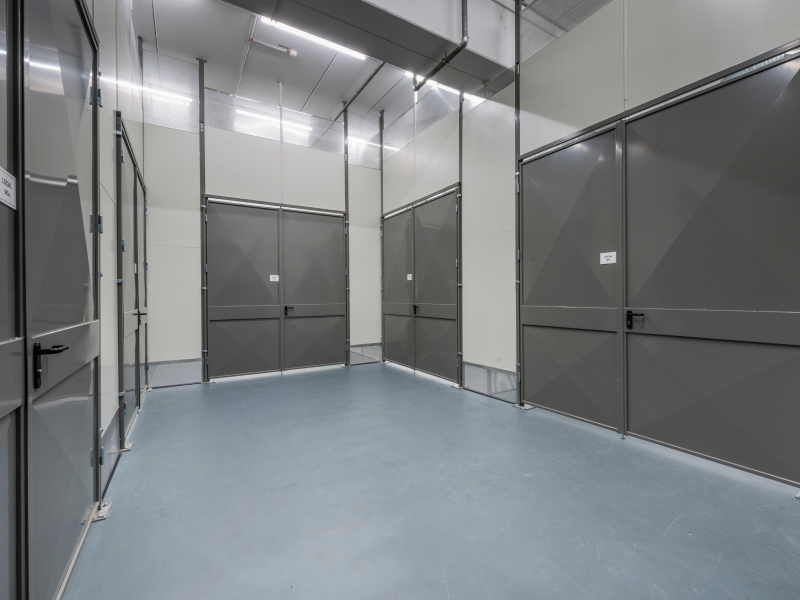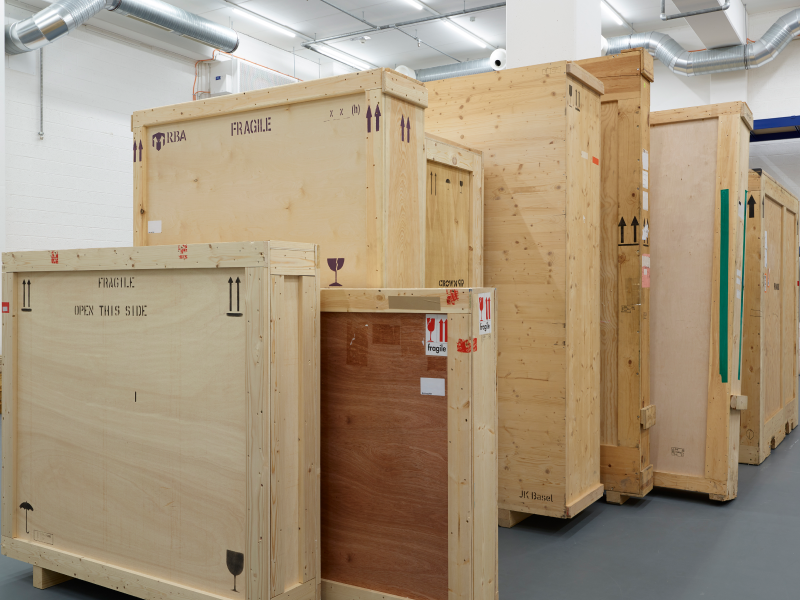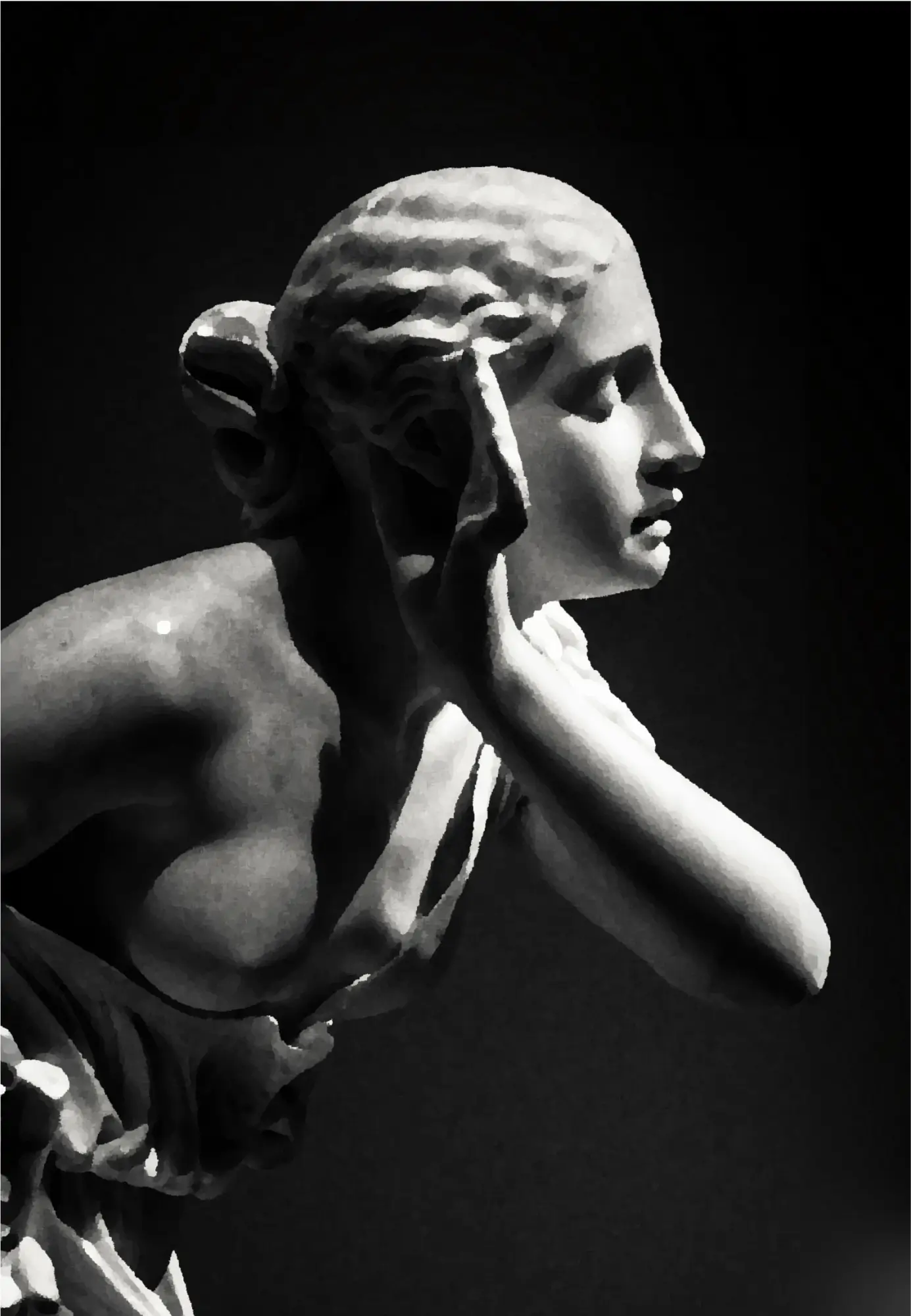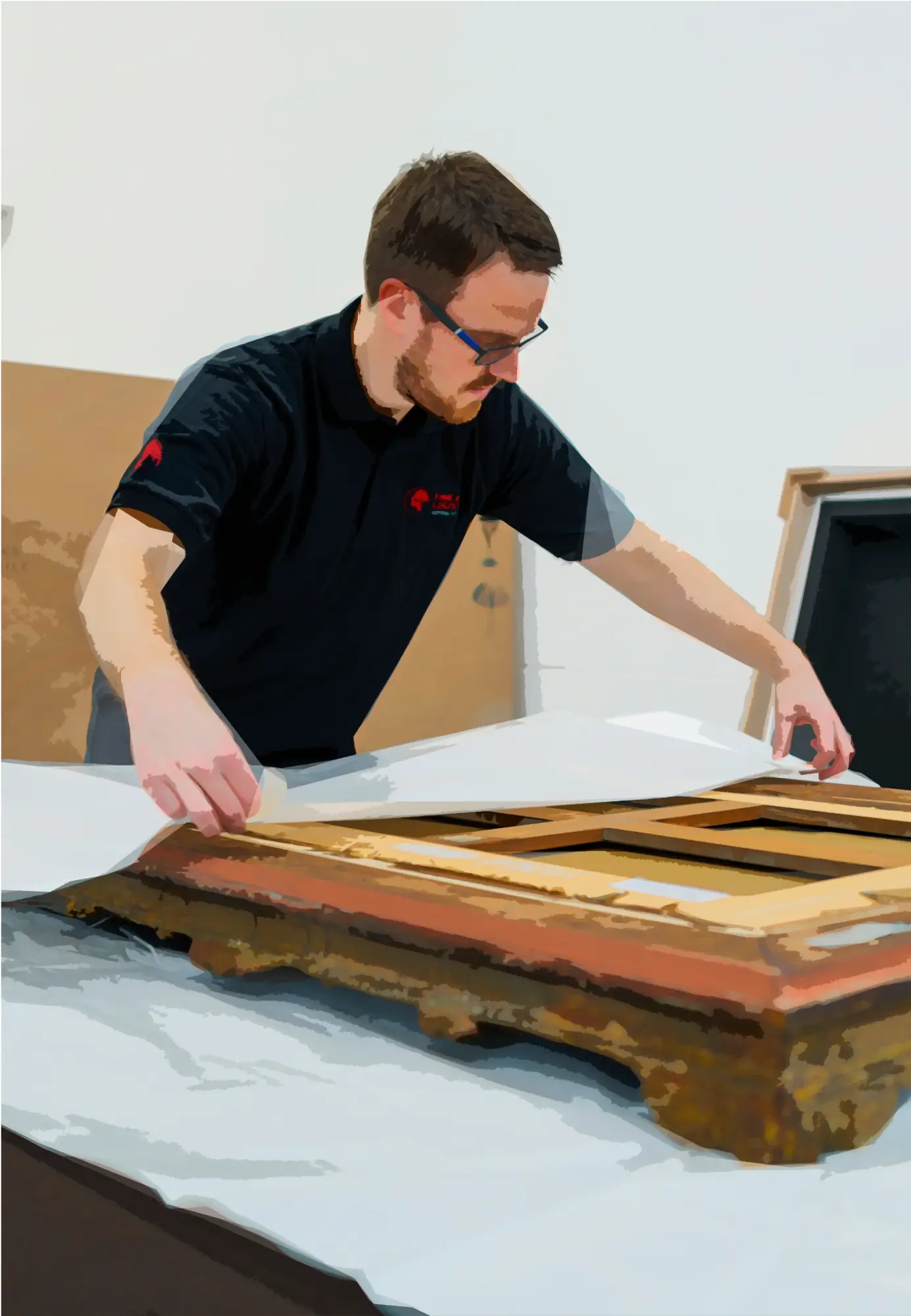All art lovers know that art objects are subject to multiple dangers. Among the most insidious agents of destruction is time. In our capacity as experts in the preservation of works of art, we are going to list a series of tips to help you prevent the onslaught of time on the collectibles that should be protected.
Assess the fragility and identify the threats to a work of art.
The resistance of a work of art to the vagaries of time will depend on different factors:
- The solidity of the materials used by the artist.
- The quality brought to the realisation of the work.
- The use cases for the piece of art.
Depending on these factors, the work of art will be more or less resistant to the causes of deterioration that could arise over time.
Thus, among the most common causes of temporal degradation, we find:
- Climatic hazards such as heat, light, humidity.
- Attacks by biological agents such as insects, rodents, mould, etc.
- Natural disasters such as fires, floods, and environmental influences,...
- Incorrect handling and human error.
Collection works or investment art pieces are, by definition, objects that we want to see resist time. And this desire for conservation requires taking more or less demanding measures depending on the fragility of the work.
The condition report, an essential prelude.
To determine the conservation regime of a work of art, it is essential to carry out a thorough examination of the condition of the object.
On the one hand, the condition report will define all the elements that make up the work. It will be an essential point in determining the conditions in which the work must be placed to ensure optimal conservation.
We advise you to always have this analysis travel with the work, because it will be as useful in determining the storage conditions as in defining the type of packaging necessary for its preservation.
On the other hand, the report will be particularly useful to the insurer if, unfortunately, the object of speculation were to suffer damage during its long sleep in the storage room, during an exhibition or following human clumsiness.
In the case of a fragile object being kept for sentimental and non-speculative reasons, sound advice from professionals in the sector such as the Fortius team can replace the careful analysis of an art expert.

Carefully store your works of art to ensure their preservation.
Exhibiting a work of art in a private environment is a risk that we advise you to avoid as much as possible.
Indeed, the works exhibited in a private home are subject to many elements that are difficult to control.
Protect your works of art from dust and pollution.
Dust gets everywhere. In addition to sticking, its accumulation on fragile pieces such as master paintings or precious sculptures alters their shine. It is also very complicated to clean the work when the dust is stuck to the subject.
Pollution from combustion gases is widespread and very present in cities. The attacks of this type of pollutant deteriorate all the elements composing the painted object and tarnish them over time. Moreover, fumes from open fire cause similar damage and even more quickly when it comes to tobacco smoke.
Wind-blown sand particles will also have a devastating effect on outdoor objects such as statues. Over time, these particles cause corrosion that leaves marks on the surface and may even lead to the work disintegrating that can go so far as to crumble.
Choosing a professional warehouse for your collection in a controlled space and applying a suitable coat of varnish are the best ways to protect your objects against these destructive particles.

Light is the sworn enemy of paintings.
This is a well-known phenomenon, yet we do not even suspect the number of alterations that poorly calibrated light can cause on works of art.
Whether visible or invisible, the light spectrum will, depending on the different wavelengths, cause specific alterations.
Thus, over time, ultraviolet rays will discolour pigments, cause yellowing of oil paints, dissociation of binders and whitening of varnishes.
In addition, infrared light will alter the paint by increasing the temperature. It is also recommended not to light a painting directly and to keep the light points away from the work on display.
You should also avoid framing master paintings under glass, because the glaze will capture and retain infrared radiation.
Humidity must be carefully controlled.
The ideal humidity level is between 50 and 60%. Humidity that is too high or too low will cause particularly damaging deterioration to your collectibles.
For example, humidity above the threshold expressed above can cause deformation of the canvases and degradation of their frame. The pictorial layers are likely to lose their cohesion and suffer from the appearance of mould.
Otherwise, a humidity level below 45% causes harmful drying out of the painted work and its support. The artwork peels off and then becomes particularly fragile; so that damage can occur at the slightest shock.
Humidity control is a delicate operation that requires constant attention. Entrusting your collection pieces to the staff of a professional warehouse such as Fortius remains the best way to see your investments preserved in the best conditions.
The harmful effect of a poorly controlled temperature.
The optimum storage temperature for a work of art is between 19° and 20°. However, it is very rare to find a private living room permanently kept at such low temperatures.
Excessive temperature can dry out the work and “crack” the subject. These micro-cracks will require the intervention of a professional to restore the paint.
It is good practice to keep the artworks away from all sources of heat. In general, a cooler temperature is preferable to warmer temperatures.
Alterations due to repeated handling and vibration.
When a painting needs to be taken down for restoration or moving, it is subject to potential damage due to the handling of the work.
It is not uncommon to see large objects handled without making the necessary arrangements. For example, large paintings are sometimes rolled or folded, which does not fail to alter the subject of the canvas.
However, when moving an artistic creation from a collection, it is strongly recommended to place it in an insulated storage box (ensuring humidity, temperature and shock protection) that is custom-made.

The bespoke protective crate will also be important to protect certain particularly fragile works from damage due to mechanical vibrations.
Repeated shaking caused by airborne transport, certain (low frequency) sound waves and in some cases the micro vibrations caused by footsteps on a floor can lead to an alteration of the pictorial layer and sometimes of the support.
The protection of your works deserves the best.
As an expert in the storage of works of art, Fortius provides spaces where all the preservation parameters are fully adaptable to each type of work. In addition, our teams of handlers have all the necessary expertise to pack, preserve or display the pieces of collections requiring the most rigorous preservation conditions in our private showroom.





